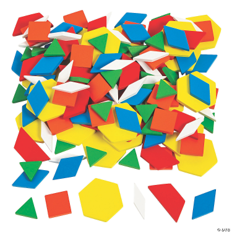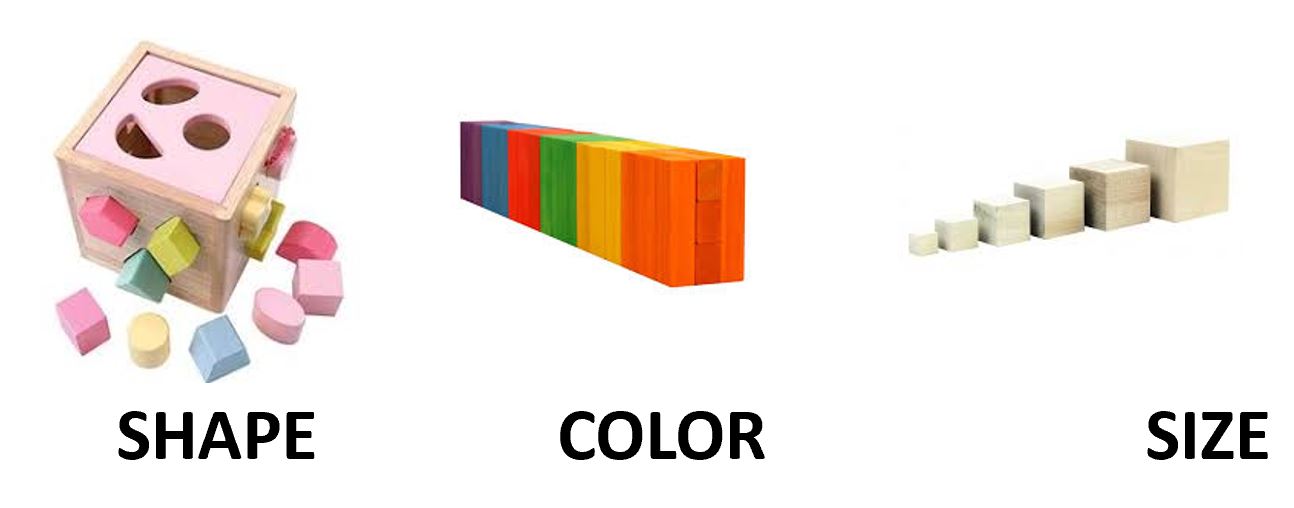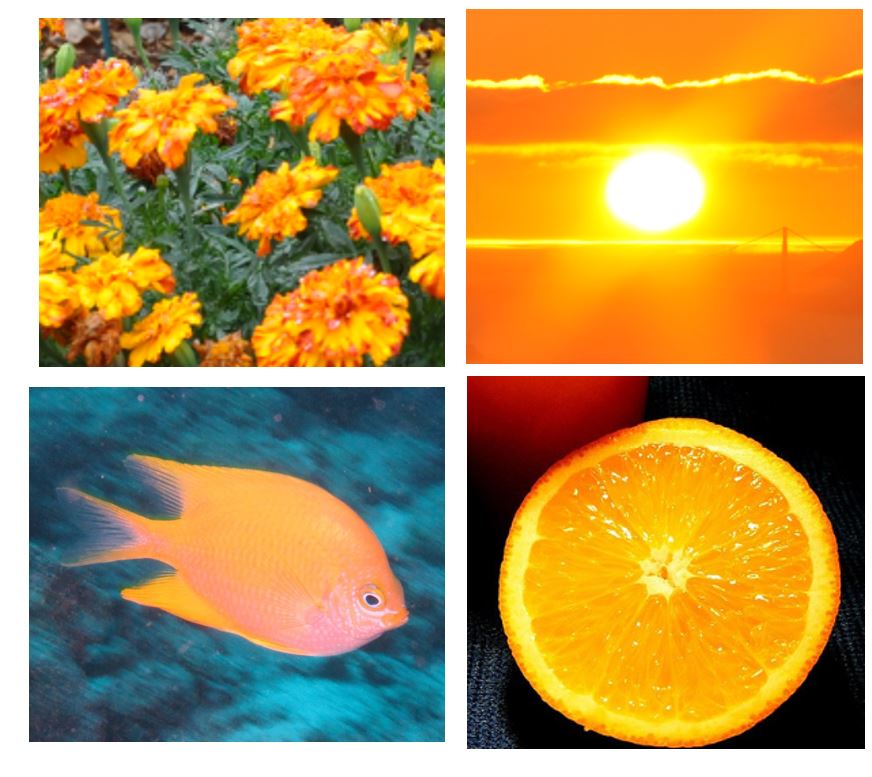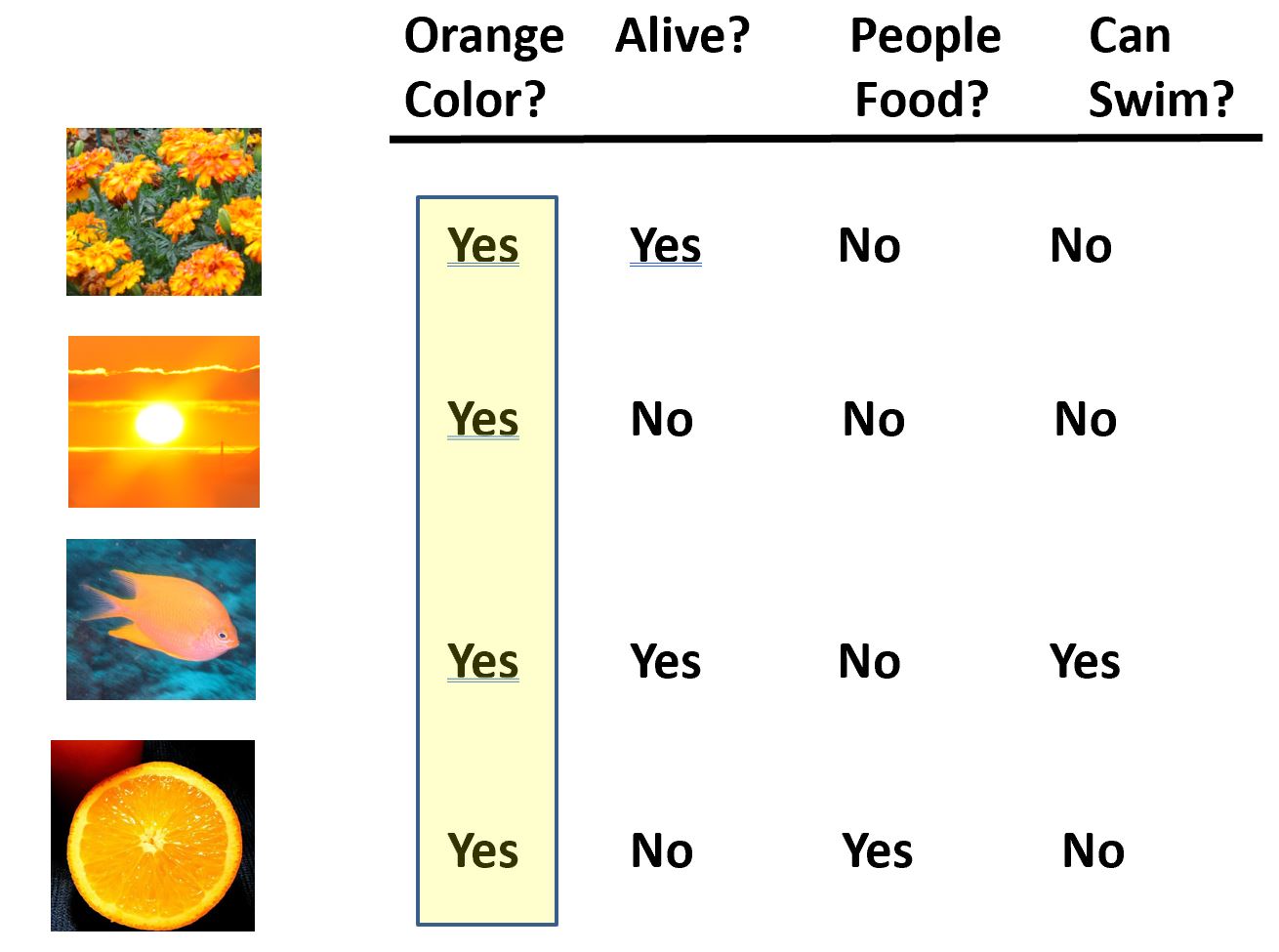12 Categories defined by Single Properties

You can create a simple category system by organizing resources using the values of just one property.
Physical or visible properties like color, size, and shape are usually the easiest ones to use. Because these properties are easy to understand, even small children can use them to arrange resources into categories. With these simple wooden blocks any single property works well as an organizing principle.

But you have to be careful when you define categories this way. Here’s an example — a “things that are orange in color” category:

All four of these resources share the color property but differ a lot in other properties. Using just the color property puts things together in a way that isn’t very sensible. You can see that the four resources do not agree on any of these other properties when you scan down the columns.

Think back to the example of organizing your closet. Suppose you use only a single property “is this thing an item of clothing?” If it is, you put it in the closet. But there are other properties on which clothes differ a lot:
- What part of the body does it go on? (this sorts clothes into shirts, pants, hats, socks, …)
- When do I where it (for school, for sports, for parties, for dress-up occasions…)
So if you don’t use additional property tests, you treat all your clothing the same way, and your closet isn’t very organized.

